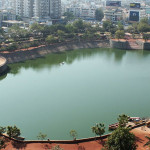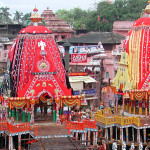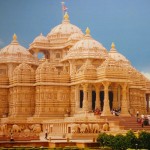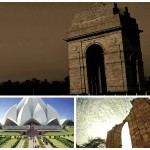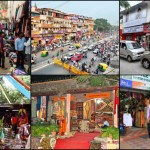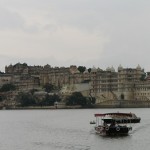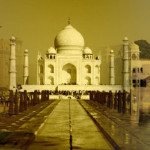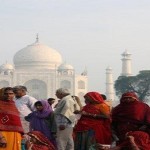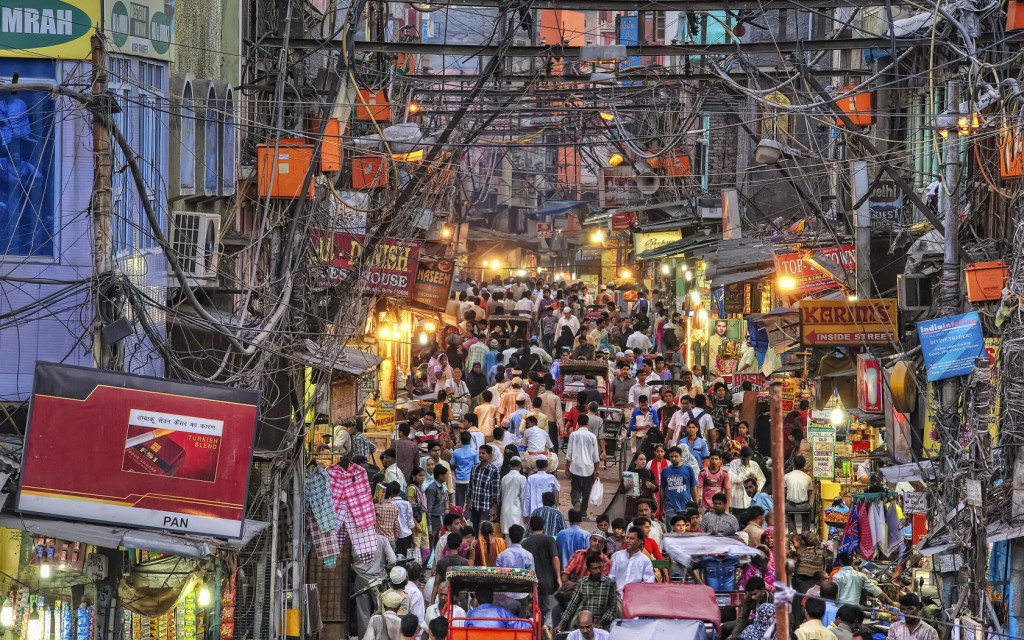
Old Delhi Tour – The City of Royal Grandeur and In-Vogue Trade
Shahjahanabad, the city of tales reveals the chronicles of reigns and ruins; art and architecture; color and customs. It witnessed the royal Mughal influence for around 200 years until the British invasion in 1857. The city was then renamed as “Old Delhi” and continues to be known by the same name till date, apart from its Indian version – “Puraani Dilli”.
In the current world, Old Delhi contributes to the city’s economy with its wide range of wholesale and retail trade. The businesses span across the sectors of food, fabric, footwear, flowers, gems, jewelry, books, hardware, electronics, and what not! It is significant to notice that the dense population and limited geographical space does not bother the super smart merchants. They know the trick to efficiently carry out their daily business operations.
You’ll probably hear from your travel agent about Old Delhi not merely being a market place but a conglomeration of hugely distinct wholesale specialty zones and historical heritage. Visit Chandni Chowk to savor delectable signature delicacies that are popular for its meat recipes, spicy tangy chaats, and amazing sweets and desserts. In essence, the entire zone of Old Delhi heartily welcomes the admirers of Indian and Mughlai cuisine, and those who dare to experiment with their taste buds.
Proceed to browse the neighboring areas of the prominent panoramic sights of Lal Qila (Red Fort) and Jama Masjid (Friday Mosque). If you keep interest in mythology and religion, then your tour operator in Delhi may suggest you to visit the Sis Ganj Gurdwara, Digambar Jain temple, Gauri Shankar Temple, Sunehri Masjid and Central Baptist church.
Visit Khari Baoli, the biggest Asian wholesale market, to notice the trading trend of spices and herbs. Explore other famous bazaars in the vicinity that gained recognition for their biggest wholesale trading trends – Chawri Bazaar, known for its trade of paper; Kinari Bazaar, known for its glittery wedding accessories; Dariba Kalan, known for its spectacular designer jewelry in gold, silver, platinum, diamond and other precious gems; Nai Sarak, known for its book publishing/selling and stationery; Phool Mandi in Daryaganj, known for the best deals in flowers.
Despite the modern changes, the city has somehow preserved the traditional ways of living that could be clearly observed in the lifestyle of the local people who belong to diverse ethnicities. Predominantly occupied by Muslims and Hindus, the multi-cultured population includes Jains, Sikhs, Christians, etc. The popular bazaars of Old Delhi get specifically decorated during the respective religious ceremonies and festivals to highlight the relevance of each culture and custom.
The world of chaotic narrow streets can be intimidating for the first time visitors, but if you truly want to see how an ancient city functions in today’s dynamic world, then mark this steamy place on your list of Delhi sightseeing. Watch the exceptional colors of the conventional-urban population housed in Old Delhi to get the awe-inspiring feeling of surviving through the competitive environment.
Enjoy your city tour of Old Delhi by immersing yourself in the reflection of the grand Mughal era.
You Might Also Like This
Comments are closed.

